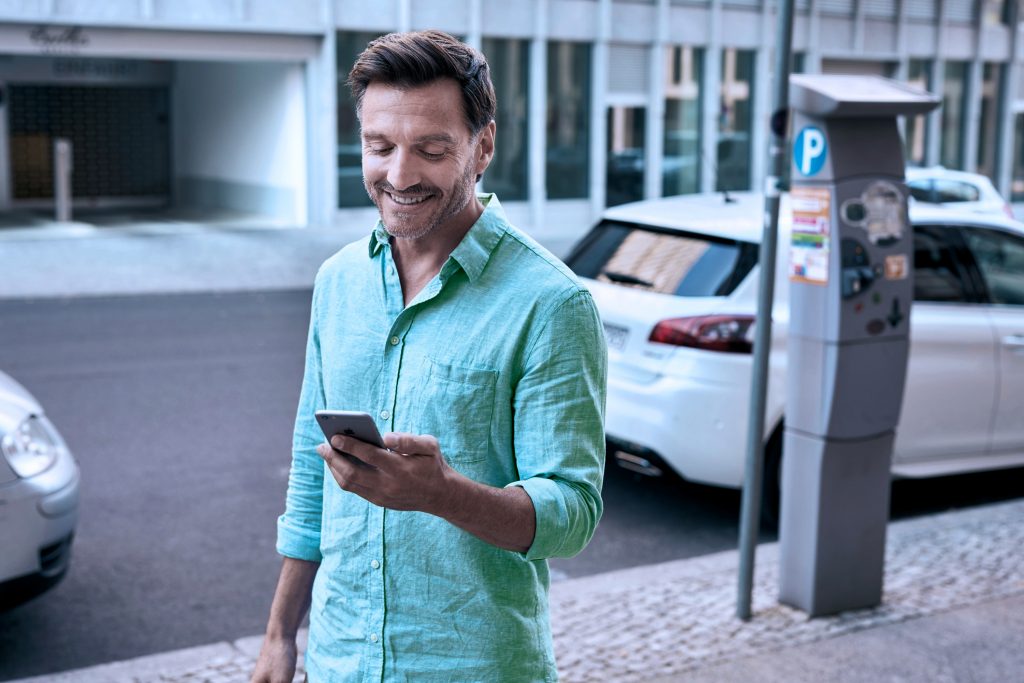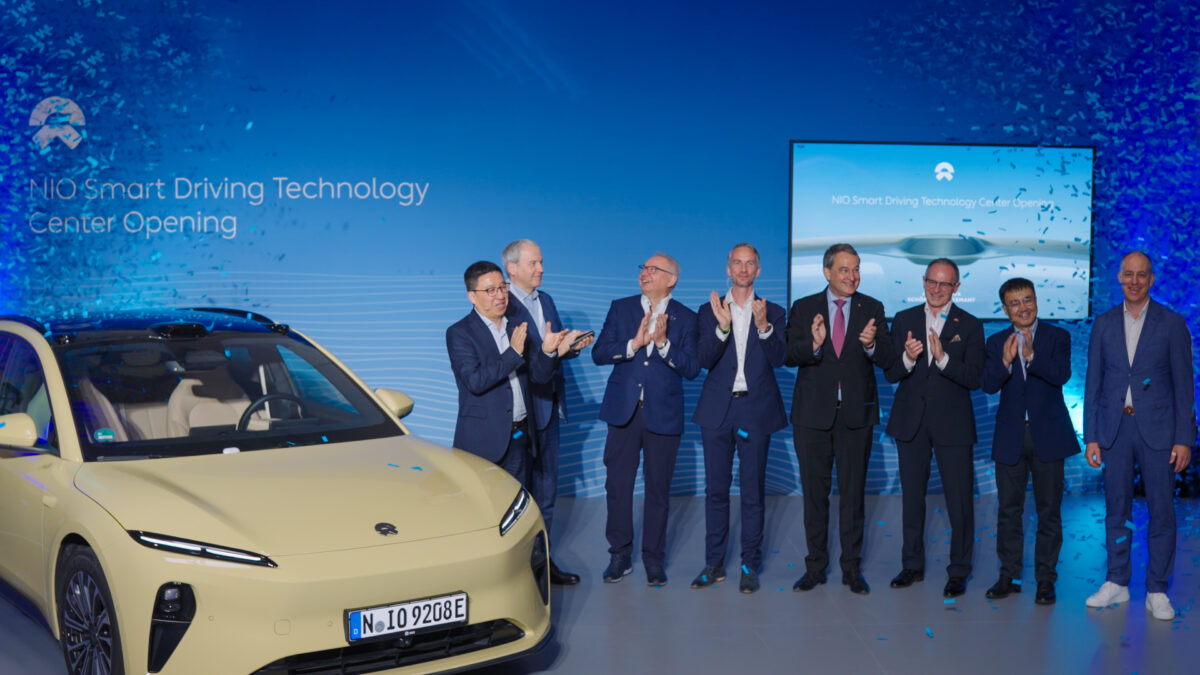In welcoming 2022, we can reflect upon how much 2021 changed the landscape of the mobility sector. Across Europe we have seen fast-paced change in electric vehicles (EVs), automation and personal travel, shifting our priorities from public infrastructure towards safety while the disruptive pandemic climate persists.
Even though these changes have proven challenging for consumers, businesses, and local councils, they have provided key opportunities for innovation and development across Europe. This is highlighted in EasyPark’s ‘Cities of the Future Index’, ranking Denmark as the most technologically advanced city with a population between 600,000 and 3 million, followed by Sweden and Norway. In considering transport and Europe, what changes are underway and how will they impact the sphere for parking and mobility in 2022?
Turning to tech for parking solutions
While the simplicity and convenience of digital solutions have done much to ease the stress of parking, frustrations remain. A lack of facilities, the task of hunting for a spot, and few payment choices are common issues that feed negative perceptions. Today, drivers are demanding the same digital convenience for mobility as they do for other consumer goods and services.
In 2022, these expectations will increasingly be met through open data networks. These will power AI navigation tools, providing real-time intelligence on parking availability, and precise locations to drivers via smartphone notifications or their own native infotainment system displays—with some models so digitally advanced that they could rightly be considered ‘smartphones on wheels’.

This new breed of smart vehicle is likely to be equipped with in-car payment solutions. Today, motorists must pull up, park, then fish out their phones to make a cashless parking payment. In 2022, this sequence will be far more streamlined for a lucky few, with their vehicles automatically taking care of all the payment legwork. Outside of parking, open data networks will equip customers with vital information about a range of services designed to build convenience into their journeys; EV chargers, accessibility for disabled drivers, and air quality information, to name but a few. This will meet driver expectations and result in a positive shift in public attitudes towards parking.
The benefits of competition
While the days of hunting for change to pay for parking are almost over, the friction associated with payment remains. Drivers expect digital experiences to be seamless, convenient, and intelligent. However, the volume and variety of parking providers has resulted in motorists having to download (or re-download) multiple apps, enter payment details, and fill out personal information repeatedly.
In many ways, duplicating apps is even more frustrating than having to dig out your last 20p piece. Instead, allowing multiple digital parking providers to operate in the same car park should be considered a convenient and strategic option for the coming year.
Competition is healthy, driving parking providers to up their game in ease-of-use and accessibility. Instead of navigating numerous different apps, a single platform will let drivers select the payment service they most prefer, streamlining and de-stressing the parking process. It’s good news for local authorities too. It will reduce the complexities and costs associated with tender processes and vendor switch outs, while helping to drive digital penetration as parking becomes easier for motorists.
Heralding the new age of the EV
Europe is beginning to uptake key systemic changes that encourage the switch to EVs, with Norway and Germany ranking in the top three of the ‘rEV index’. It is imperative to continue this effort in to meet climate goals and end the reliance on fossil fuels. Therefore, 2022 will see the growth of EV charging stations across the continent. However, many worry of a lack of charging service providers, as there is the limited availability of high-speed charging point infrastructure. The absence of competition and a joined-up strategy between EV charging providers could inhibit the rapid acceleration of the right infrastructure.
While the days of hunting for change to pay for parking are almost over, the friction associated with payment remains
Hand-in-hand with EV charging is EV parking. Drivers want the convenience of Plug-Pay-and-Play options, combining parking with charging while they go about their business, without having to set more time aside to ‘top up’ charge. To make this a reality, a streamlined digital system is required which allows motorists to pay for parking and charging simultaneously. This is already taking place in Scandinavia today, and it must be a priority for other markets over the next 12 months as they seek to mitigate climate change through cleaner transport.
Prioritising the COVID recovery
With continuing concerns around Covid safety, many remain wary of using public transport and prefer the safety of their car. In the post-pandemic recovery period, anything that discourages people from visiting ailing town centres and cities must be avoided.
Penalising motorists with hefty fines or inflated parking prices is a blunt tool, which can backfire. While they may inject short-term cash for councils, high parking costs and fines are a disincentive to visitors at a time when local economies need steady, sustainable income. Councils must consider this balance carefully over the next year while recovery continues.
Embracing the open-market
It may seem optimistic to suggest that one solution can alleviate these myriad challenges, but perhaps it can. An Open-Market for parking—multiple cashless parking solutions operating in the same area—is already making great strides and proving popular overseas, offering a new sense of promise. Already in parts of the continent, motorists are available to multiple vendors, who they can chose from to pay for parking. This will incentivise parking service providers to innovate and offer the best possible experience, and it provides additional reliability and efficiencies for those managing the services.
As more cities across Europe begin to utilise the Open-Market, the benefits heighten. With parking providers and third parties able to securely share and access important data points, they are driving better digital services, helping to democratise data. Such an approach is a no-brainer and should become the go-to strategy from 2022 and beyond.
About the author: Peter O’Driscoll is Managing Director at RingGo



